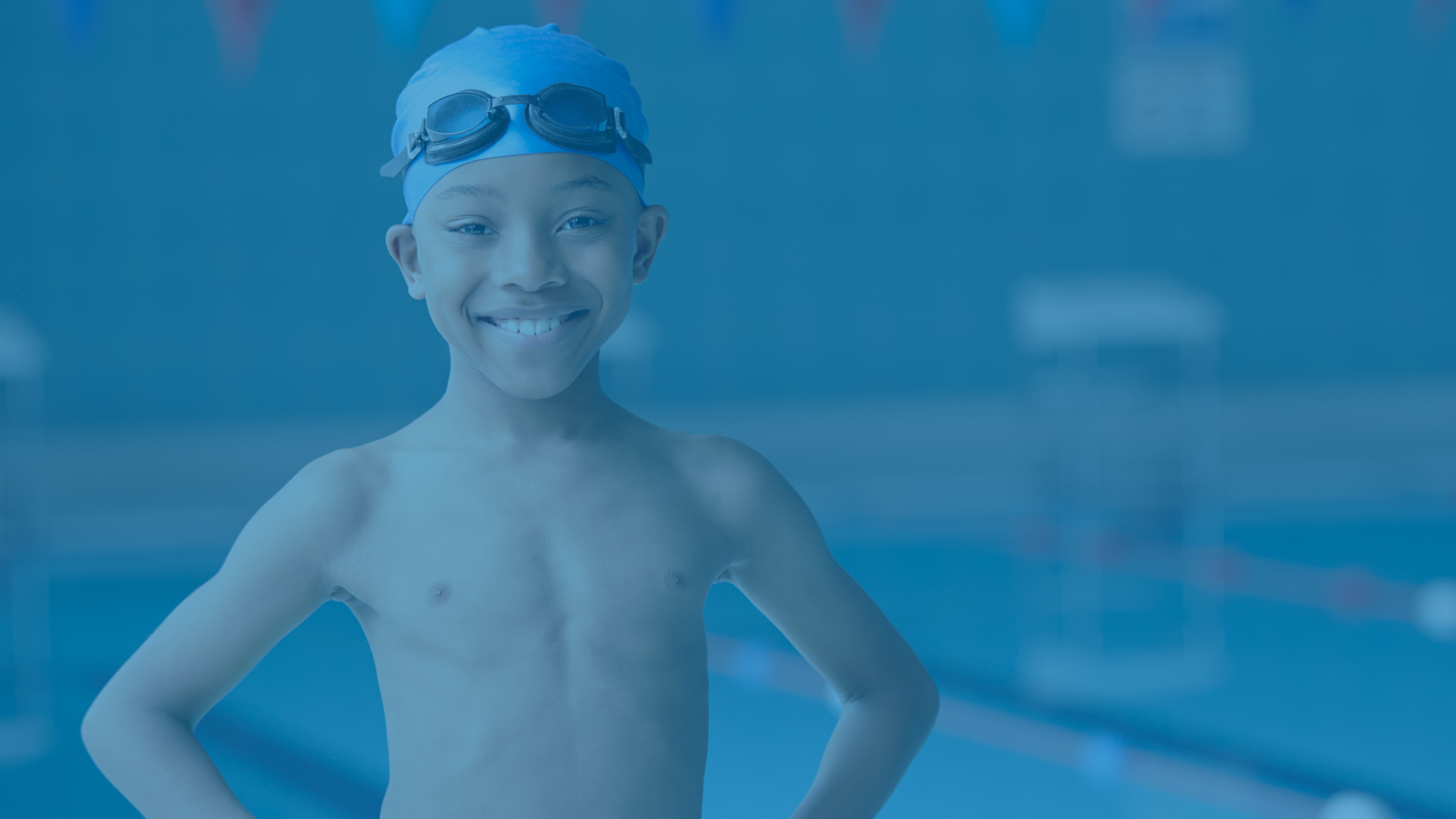
For safety’s sake, finish your child’s swimming education
From 2005-2009 an average of 3500 children and adults drown in the United States each year. 1 in 5 victims are preschool children. The majority of children drown in backyard pools and older children and adults drown in open water (lakes, rivers and oceans). For every drowning, another 5 individuals have a near drowning experience that requires an emergency room visit. Based on these statistics provided by the Center for Disease Control, we view children swimming ability in three different levels of competency at Coach Rob’s Pool School.
Pool Safe- If your child is in the middle of the pool on a blow up toy and falls off will he or she get back to the side of the pool?
Open Water Safe- If your child is on the same blow-up toy and drifts 50 yards out from the edge of a lake and falls off will he or she make it back to the shoreline?
Moving water safe- If you are at the beach and your child is 50 yards out from shore and gets caught in a rip current will they be able to swim out of it?
These are questions to ask when you are deciding how long a child needs to continue with their lessons. As a swim coach, I always hope the kids will continue to the point of joining a competitive swim team; however, there are larger safety issues to address than just swimming fast.
Most children or adults who swim a little can make it across a backyard pool or even a commercial pool. It takes a little competence and a lot of thrashing to make it across. This ability level is not good enough for open water where there isn’t a pool wall within reach.
Open water swimming requires a comfort level and technical skill to swim easy (not struggling to stay on top of the water) and the knowledge of what to do when you are exhausted or choke on water. No one should be playing in unsupervised water when they do not have this level of competency. Old quarries show moving rivers or lakes all have drop-offs that are deadly to poor swimmers. Life jackets are very important in this environment.
Moving water is dangerous! When at the ocean be sure to notice which flags are flying and what they mean. The flags indicate if the water conditions or currents are hazardous. Rip currents and undertows are dangerous and require a swimmer to have technical skill and endurance. It is not unusual to come out of the water a quarter mile from where you entered when caught in a rip current. Likewise fast moving rivers are also dangerous. Even an Olympic swimmer would not survive the series of class 5 rapids in the Colorado River’s Royal Gorge.
Each level of competency requires more knowledge and skill. Knowing proper breathing skills is the difference between swimming 20 yards and 20 lengths. Strength and endurance are necessary to survive moving water. Do not stop lessons too soon when your child is attending swim school. If you are planning a trip to the beach, be fully prepared.

